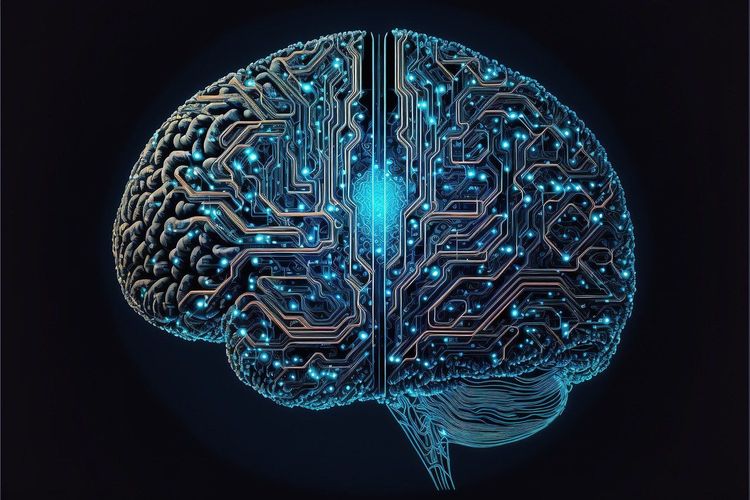Chinese Scientists Discover Ultra-Short Period Planets Using Artificial Intelligence
Most people like

Introducing the AI-driven people platform designed for employees, no matter where they are located.

Introducing a powerful no-code tool designed for seamless two-way data synchronization. This innovative solution streamlines your data management process, allowing you to effortlessly synchronize information between multiple platforms without the need for programming skills. Unlock the potential of automated data flow and boost your productivity today!

In today's fast-paced digital world, the rise of artificial intelligence (AI) has transformed how we shop online, particularly when it comes to clothing. Virtual try-on technology allows consumers to visualize how clothes would look on them without leaving their homes, enhancing the shopping experience. This innovative solution is changing the way people approach fashion, making it easier and more enjoyable to find the perfect outfit. With advancements in AI, virtual fitting rooms are becoming essential tools for retailers and customers alike, bridging the gap between physical and online shopping.

Experience the power of our AI tool designed for rapid transcription and delivering actionable insights. Ideal for professionals seeking efficiency, this innovative solution streamlines the transcription process, allowing you to focus on what truly matters. Transform your audio and video content into reliable text quickly and effortlessly, while unlocking valuable insights for informed decision-making. Discover how our AI tool can revolutionize the way you handle transcriptions today!
Find AI tools in YBX



